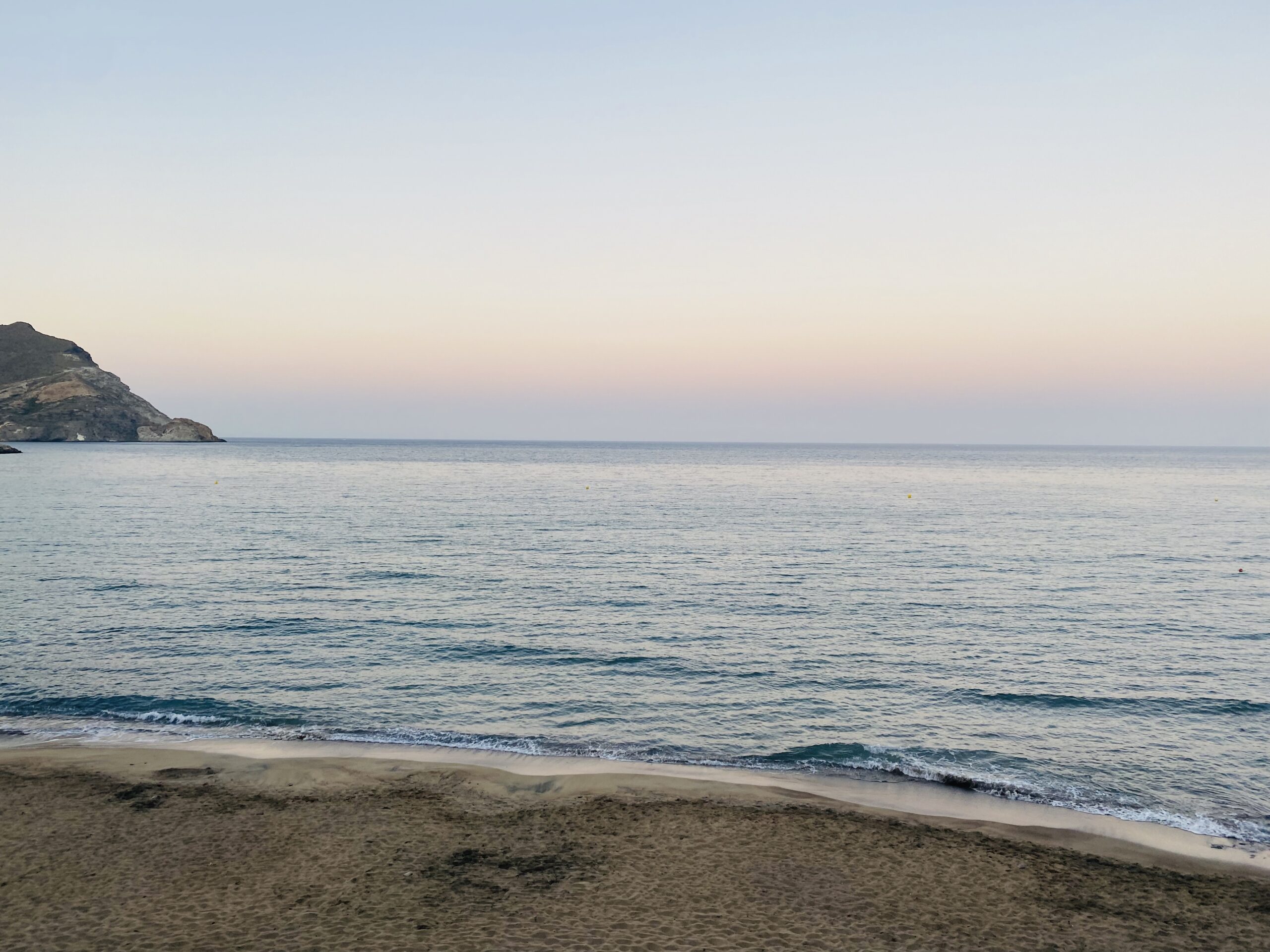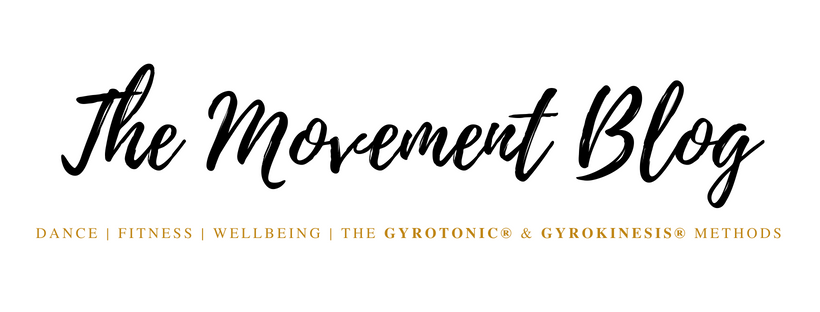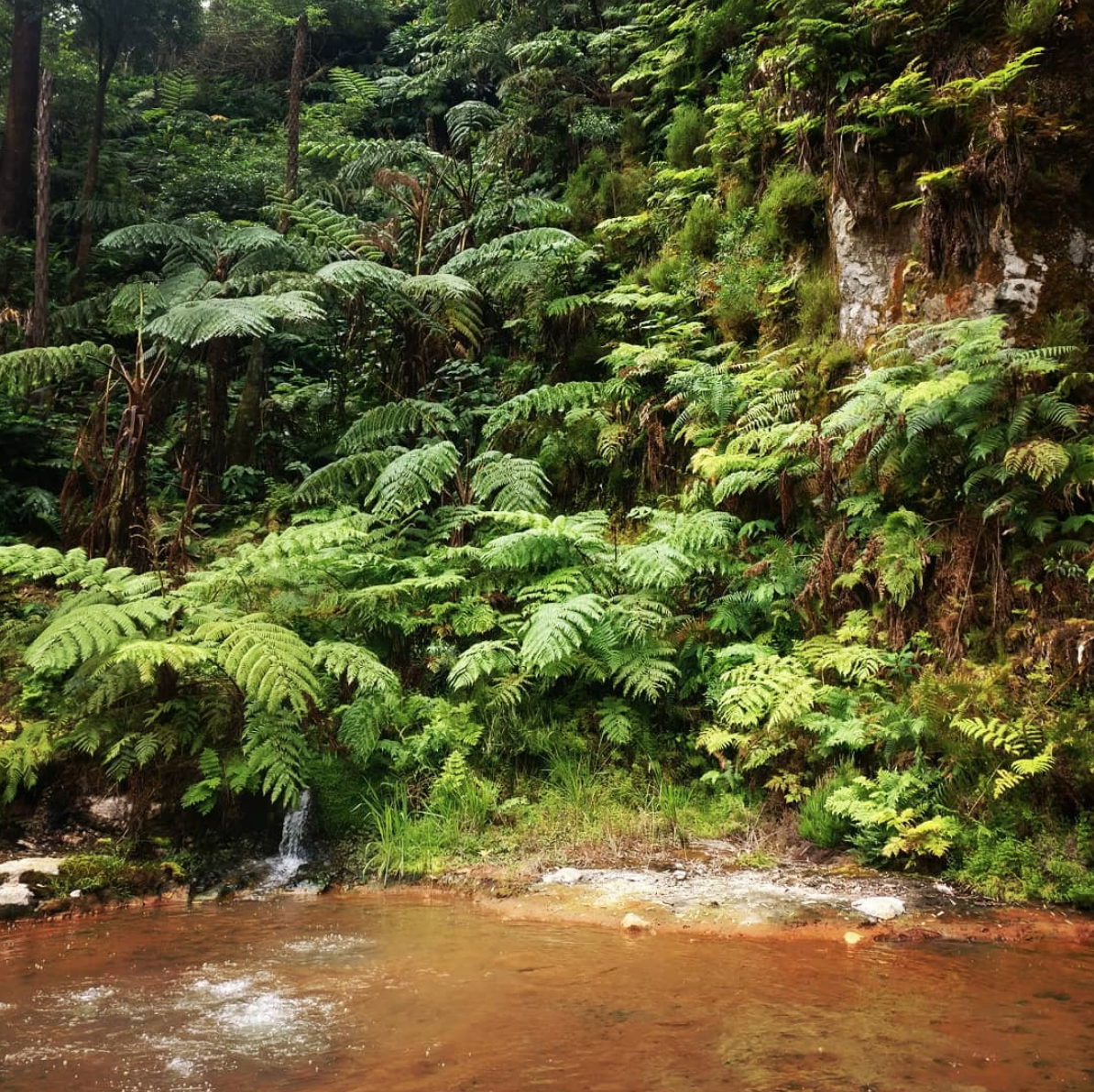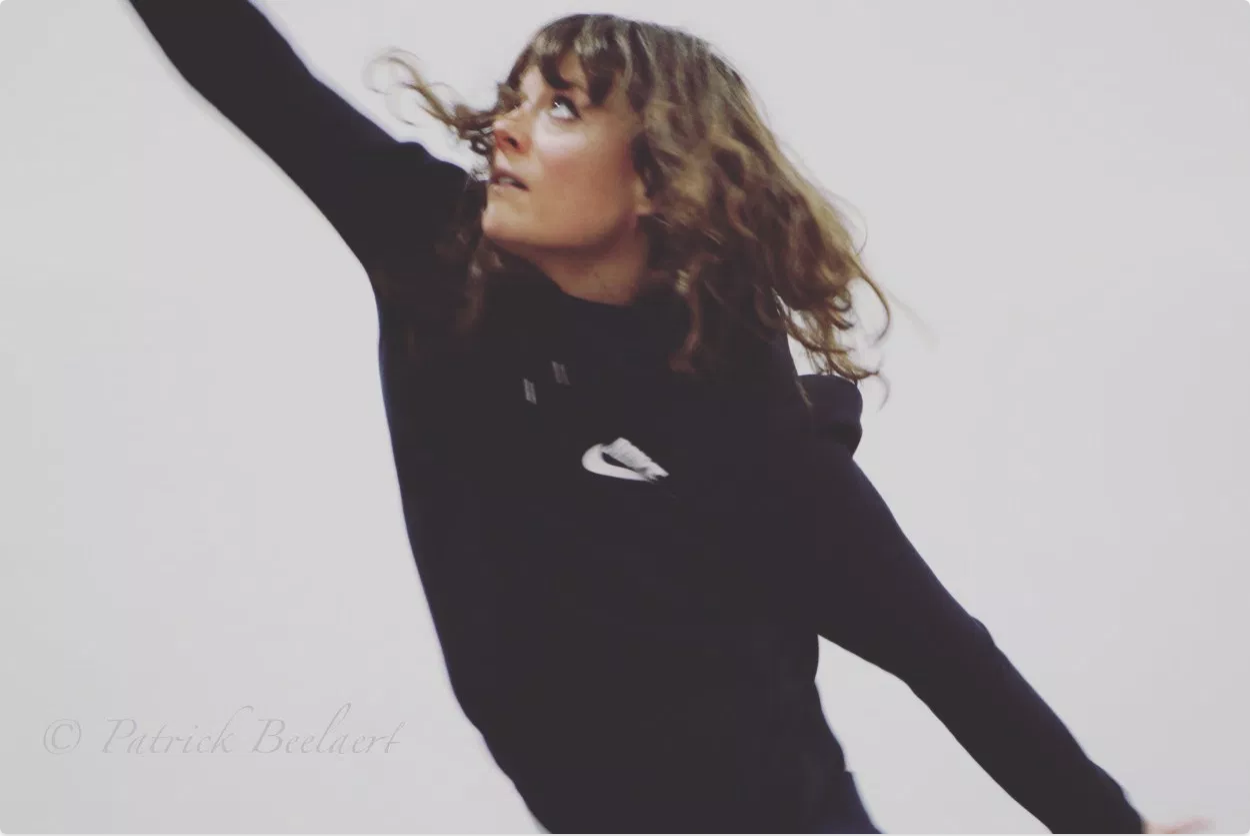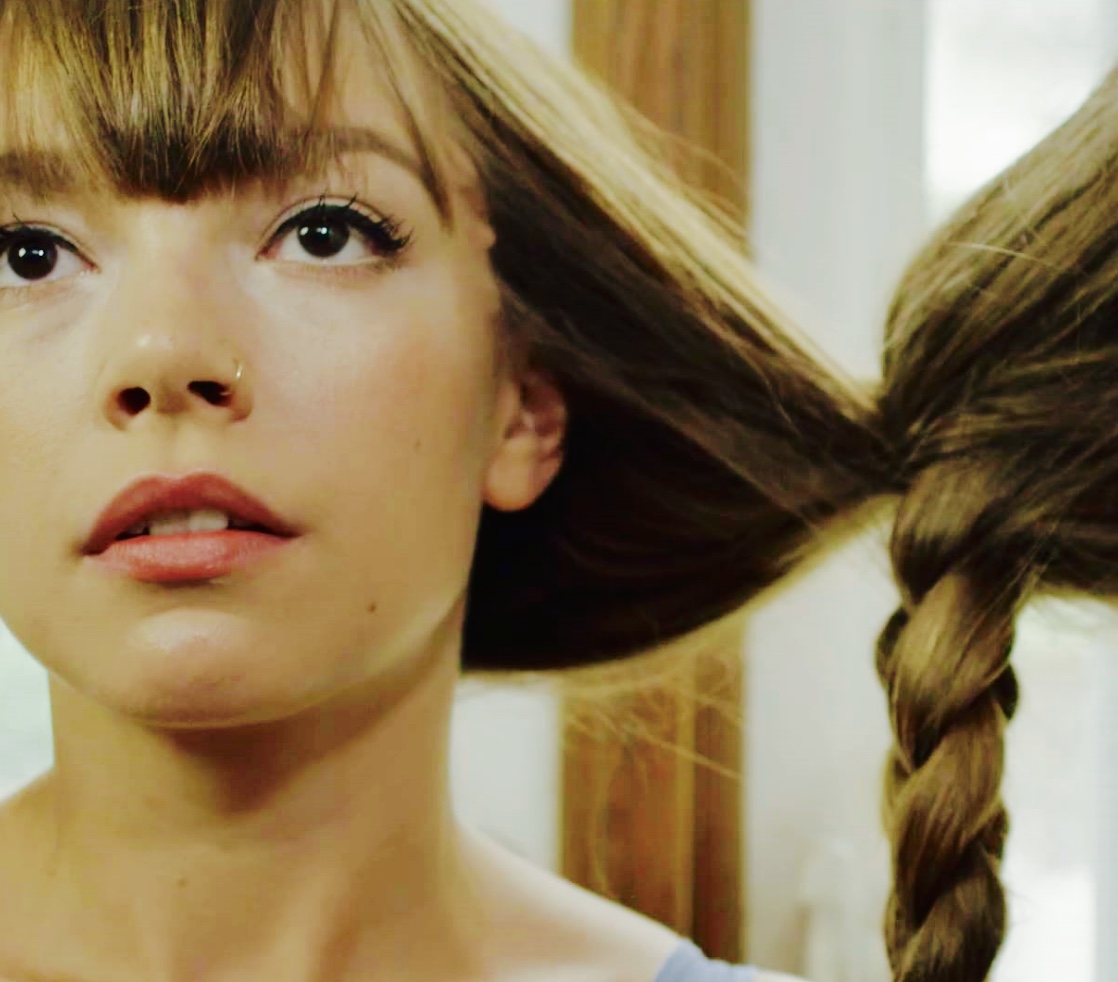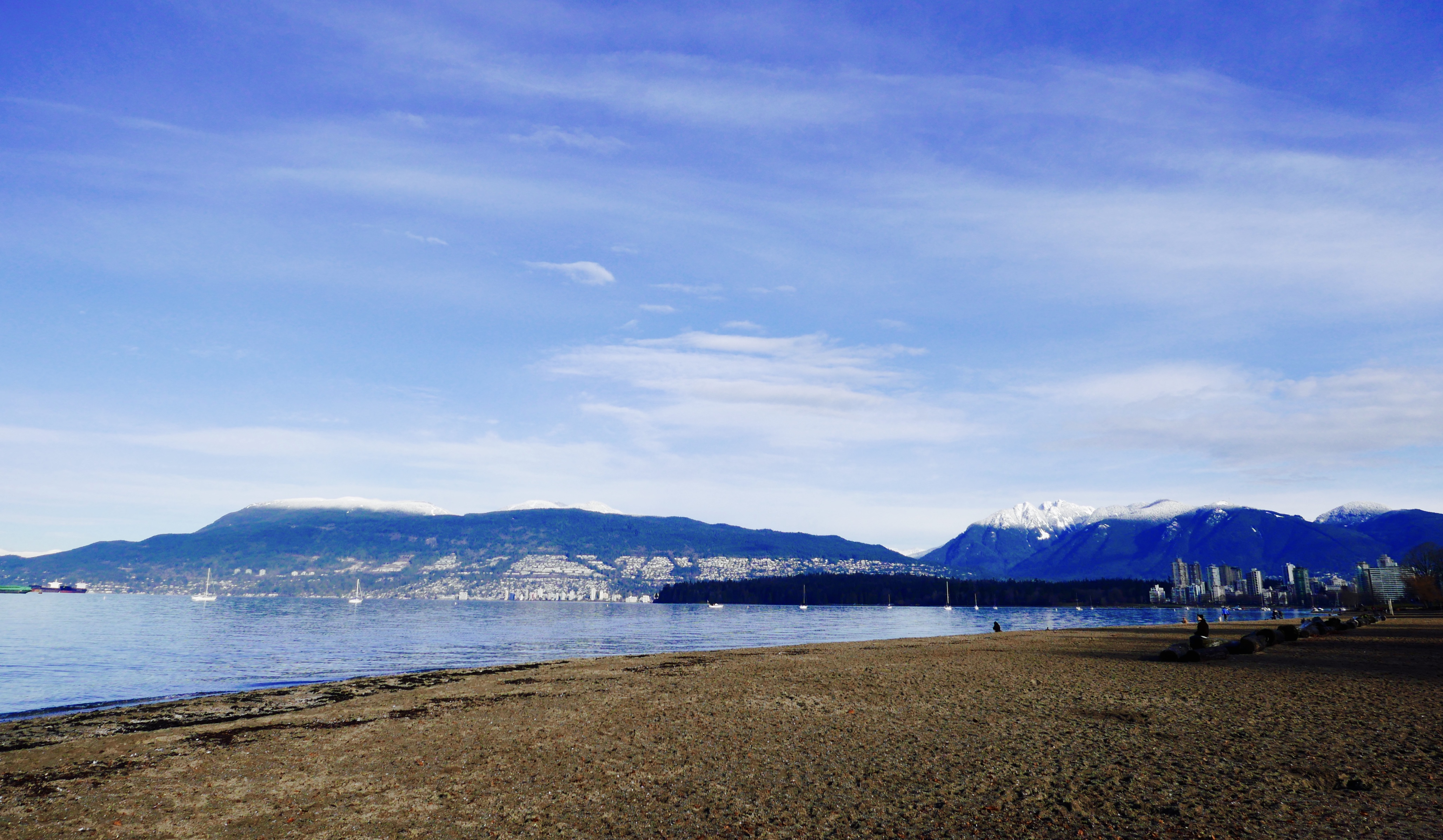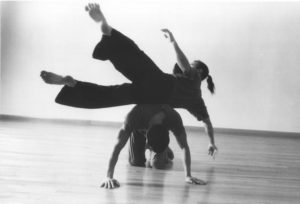Favorite pastime: listening to music from different rooms.
About the Playlist
Have you ever listened to your favorite track in another room only to realize that there seems to be parts you haven’t noticed before? This could be referred to as ‘the other room effect’ or diffraction. This ‘other room effect’ is also a sound effect electronic musicians have been using for years. This playlist is made of longer, more bass-like tunes that are meant to be played from another room. Perfect for spring cleaning, perhaps?
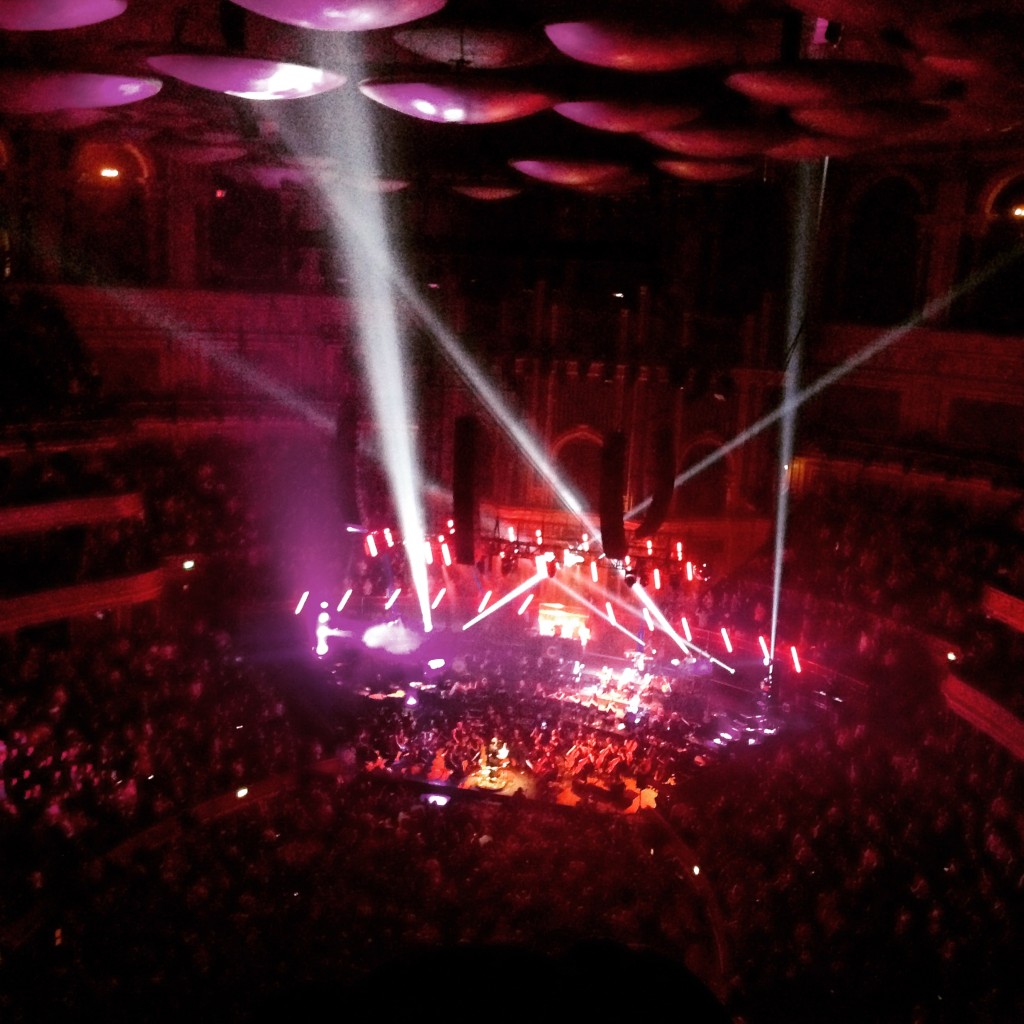
What’s in a Sound Wave?
A sound wave is longitudinal and is the physical sensation and vibrating object that stimulates the ear.
The reflection of sound can be classified as an echo or reverberation. An echo is considered to occur within long distances (e.g. the Grand Canyon) and reverberation to occur within short distances (e.g. Grizzly Bear… performing in a bathroom).
The refraction of sound happens when waves change over different mediums and/or properties, and therefore changes the speed of the wave. For example, the speed of sound is faster in warm air and slower in cold air.
Lastly, the diffraction of sound help sound waves bend around obstacles. Low-pitched (long wavelength) sounds carry further than high-pitched (short wavelength) sounds (e.g. an owl’s hoots carry farther than a birds’ tweets through a forest).
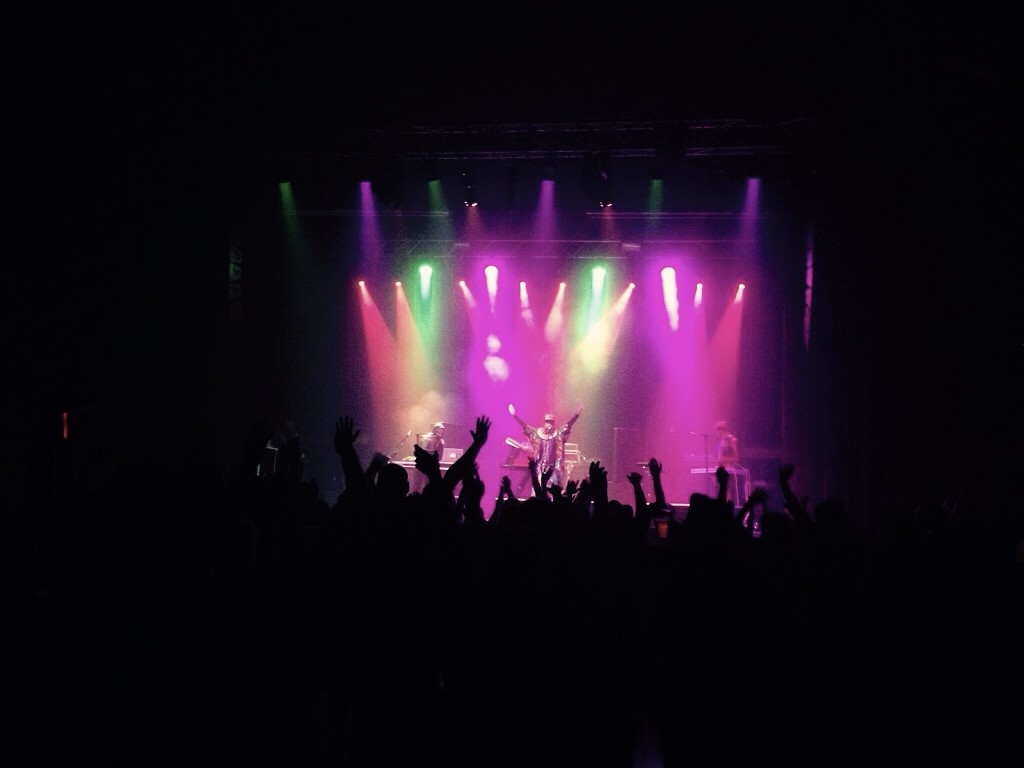
Distorting or changing the acoustics of a room can further manipulate our perception of sound. Custom Audio Designs states, that there are three psychoacoustic perceptions: frequency response, size and position of the stereo, and spatial impression.Trevor Cox, an Acoustic and Audio Engineering Professor also states that “one thing our brain senses from reverberation [for example] is the geometry of the room where music is being played”. What we then perceive is timbre, ‘the colour’ or tone of the sound.
Try placing your music box in a bigger room, a smaller room, a different room from where you are, or just in a different position.
Have fun xo
